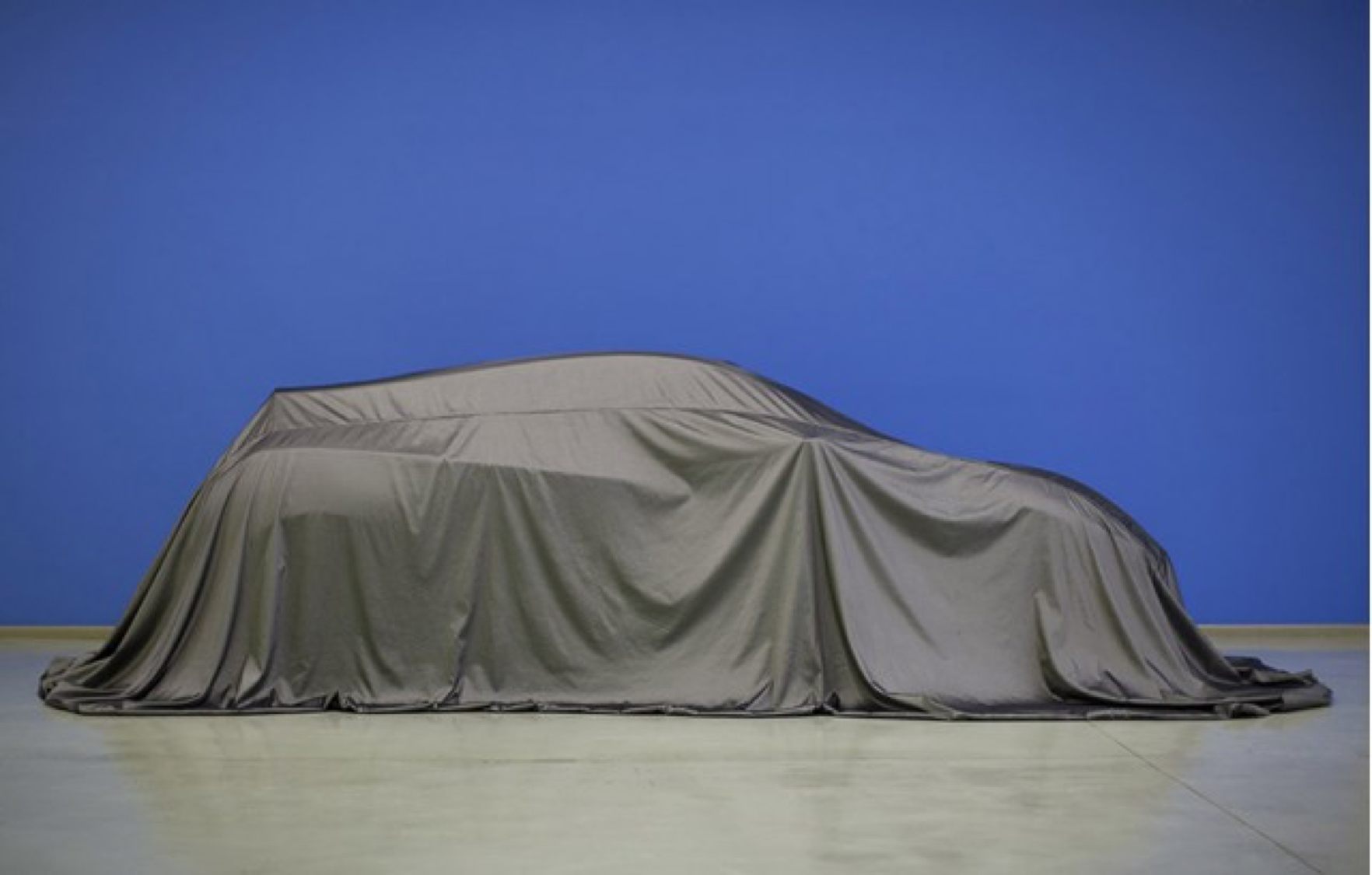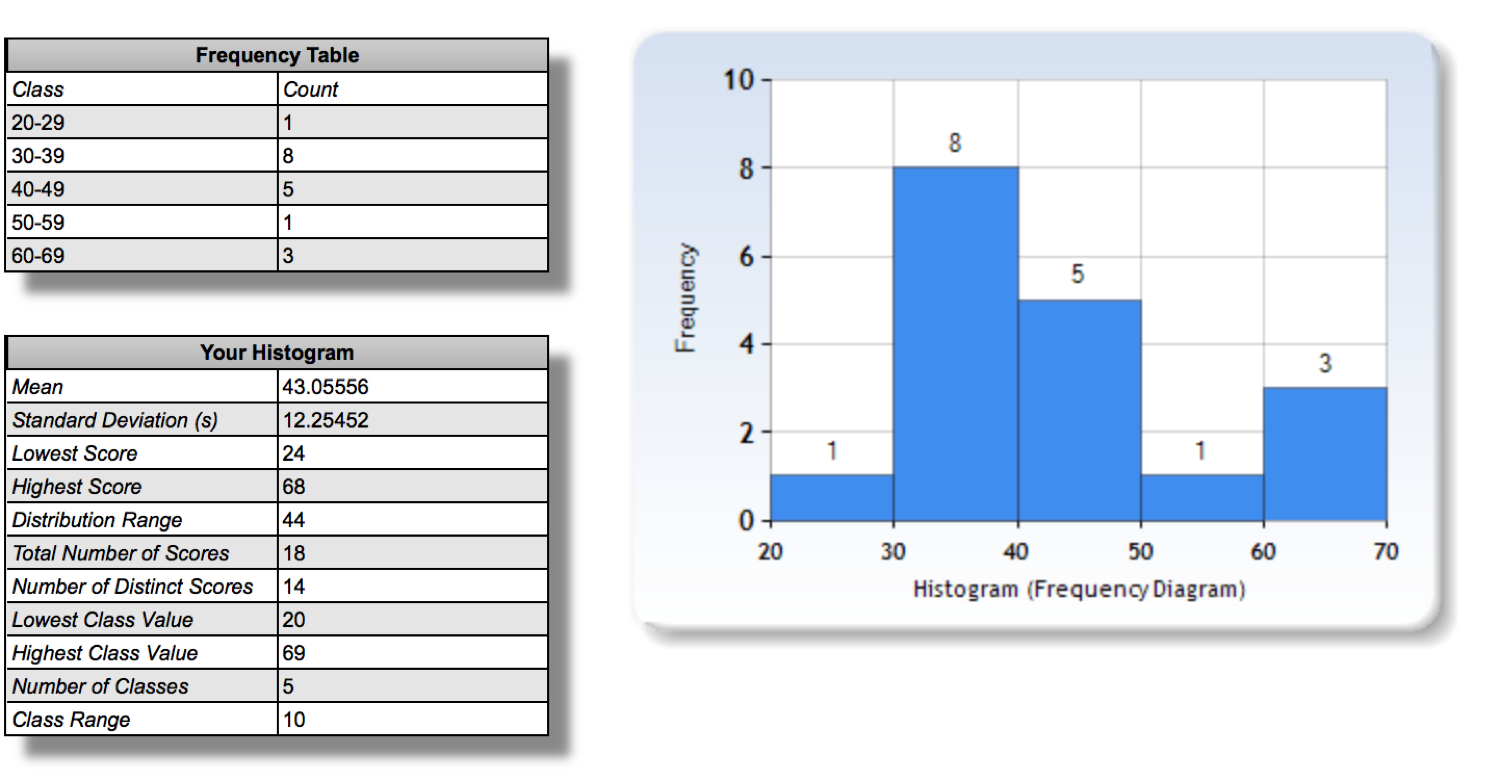ROLE: Advanced product planning
TOOLS: market research, UX research, SWOT analysis, statistics, data visualization
CONTRIBUTIONS: illustrated a scenario in which honda could save billions of dollars on the development of electric cars
and
recommended improvements to honda si purchase journey
// adapted from powerpoint
Honda | 2025
Visions of the Autonomous Shared Economy
What’s wrong with this picture?
In 2025, there is no reason to park, because if you own a car, it will be participating in the autonomous shared economy. Because cars will be moving 95% of the time, we won’t need as many of them. As long as there’s a job to be done, there is no productive reason for a car to ever stop.
As a result, the interaction Honda will need to monetize is the delivery of people and goods, not just the sale of individual cars.
In 2025, Honda is uniquely positioned in this market as the maker of the industry’s most profitable cars for automotive entrepreneurs. Known the world over for their unprecedented reliability and low operating costs, Honda’s expertise in engineering serves them now more than ever, competing with Toyota to build the longest lasting vehicle.
This is a pretty familiar story for Honda, because Honda makes cars that last forever.
And ever.
And ever.
Except, in 2025, cars accumulate that kind of mileage in just 3 years.
But, contrary to popular belief, it won’t require us to reinvent the wheel, because these autonomous cars are unlikely to be electric. Gasoline powered cars can simply do more work.
Even the most expensive battery technology available pales in comparison to the efficiency of a Honda Civic, when it comes to competing in the shared economy because the Tesla takes 75X as long to charge
Like a franchise, future customers will still pay upfront, or finance their cars monthly, but now Honda also collects a fee for each delivery facilitated through its network.
While many manufacturers rely on fleet sales to achieve economies of scale, Honda will continue to succeed by selling to individuals – building a loyal following of small businesses, licensed and accountable to their communities.
In all likelihood, Honda will grab a much larger proportion of the market, because the customers have been conditioned to associate our competitors with their 50,000-100,000 mile guarantees.
If even half of Honda’s 2018 existing market share became autonomous by 2025, traffic would be rendered totally obsolete, according to studies at the University of Illinois. This won’t, however, change that the demand for passenger transportation varies throughout the day.
Therefore, Hondas of the future will need to be versatile enough to serve both passengers and cargo, depending on the job to be done.
Honda | 2018
The car Honda should bring to this years international Advanced Product Planning summit, to be ready to compete in the autonomous, shared economy.
In 2018, the shared economy is booming. The problem is, its a very crowded space. $810 billion of funding has been poured into software development, according to BCG.
Yet no car company to date has designed a car for this unique ecosystem of users.
Currently, drivers can only complete one job at a time, leaving the end user with a value proposition that doesn’t add up except in big cities, with big wages.
But drivers everywhere are hungry, seeking every possible improvement in efficiency.
65% are already signed up with at least two services, according to SherpaShare, and most wait no more than 10 minutes between jobs.
Soon, the only way to improve their wages will be to complete multiple assignments at once.
From a technical perspective, Honda could aggregate demand through the car’s systems – ready to convert cars into a self-sustaining business model the moment autonomous technology becomes available.
From a physical perspective, the floor plan on the left demonstrates how a flexible use layout could make simultaneous delivery possible.
With the ability to accommodate passengers, and large deliveries, the car could reserve the trunk for food – to keep unpleasant smells out of the cockpit. The rest of the cabin is designed to maximize billable time, and minimize price per rider – attaining optimal efficiency by aggregating demand from multiple sources simultaneously.
Local, on-demand services have only reached 5.1% of the market, according to the BIA, presenting Honda with the unbelievable opportunity to deliver transportation to the the masses, simply by lowering the price. If we assume drivers have the same motivation as a businesses in the autonomous shared economy, any improvement in efficiency that can be made for drivers will pay double for Honda. Because when it comes time to adapt, Honda has all the customers it needs, AND two extra seats.
I propose that community partners can offer the same convenience as a billion dollar company, to customers in small and mid-size cities too small to merit attention from Silicon Valley. They’ll reduce their carbon footprint by working locally to connect with customers who share their values.
Simply connect your IMS to the Honda network and your retail stores becomes a warehouse with same-day delivery!
For shared economy ride seekers, Honda sourced rides compete on price, but you’ll likely first encounter the brand riding in an Uber or Lyft.
But, when you use Honda, you pay only for the space you use, and ride with the company that supports local economies.
For buyers, a Honda is an investment. Its reliability and low operating costs make owning a piece of the shared economy the perfect way to adapt your dealership, gas station, garage, or car wash, for a future with less car ownership.
Who wants to drive the Honda?
Civic Si
The Civic Si has a noble heritage, but slow sales led to its cancellation for the 2016 model year. Revamped for 2017, the once prolific brand seems to be disappearing from our roads.
Civic Si competes on price, and has no configurability except tire choice. Design legend Don Norman says customers love configurable products because they require investment – but that baseline usability must be achieved first.
The volume slider violates the principle of consistency. Volume is controlled with a knob in every other car on the market – except on the Civic and the NSX. Some might argue it’s cool in a super car, where quirks are expected. From a heuristic perspective, I would argue to fix both if it’s costing you sales.
The slider also violates Norman’s principle of mapping, that the location of a knob on a radio, indicates that it controls the radio. Labeling the knob “Climate Control” is a visual remedy for a tactile issue, unlikely to fix the problem.
Leaving price aside, fuel economy is clearly the value proposition of the Civic Si, but it’s marketed to enthusiasts, who generally don’t care as much about fuel economy as they do about HP, Torque, and 0-60 times. Clearly, space is needed at the top for the Civic Type R, but both need to improve 0-60 times to realistically compete.
That’s all on paper, and well documented in industry publications, but how did our user fare in the purchase journey?
Meet Jim, a 66 year old GTI driver.
Jim first heard about the Civic Si from his son, who told him he could get ten more MPG on the highway than he does in his GTI. That sounded great, since he drives over 80 miles a day round trip, and has spent $2000 in repairs just this year. When Jim thinks of Honda, he thinks reliability! And, until he bought the GTI, Jim always had always had a manual transmission, which he misses.
On paper, the Civic Si would be the perfect car for Jim, so he went to the Honda dealership for a test drive.
Jim loved the way the Si looked, and the latches to drop the back seats from the trunk. Headroom was a little tight, a relatively common problem for him, and he couldn’t help but notice the scraping sound leaving the driveway during his test drive.
The sales rep mentioned that the Si comes with the top of the line stereo, but there was no USB cable in our test car so we had to resort to the radio
As predicted, when Jim tried to turn up the volume, he accidentally turned up the heat.
He liked the Civic Si, but since it didn’t have leather, or a sunroof, he felt it was a bit of a compromise. Jim commented, “I can tell this is a very sporty car” but “I feel like the Civic is marketed toward somebody younger.”
But was it really true?
Surveying 10th Gen Civic forum, Civic Si drivers skew younger than civic drivers in general, but 60-70 year olds were also well represented. Jim should fit into the “young at heart” Civic Si demographic, but the lower fuel bill wasn’t enough to sway his loyalty to VW.
To spread the R&D costs of the powertrain across more models, Honda might consider making a Fit Si if it wants to preserve Si as a “purist only” marque.
If Si remains Civic exclusive, management should consider offering it with Honda’s 9 speed VF – lowering the advertised 0-60 time with launch control, and would double sales benchmarking against the GTI
Less than 3% of cars in the US are sold with a manual, and coupes account for just 2.6% percent of the market – an incredibly meager TAM, especially considering the number of new entrants to sub $30K sports compact segment, including:
the Focus ST, Toyota 86, Hyundai Veloster, and pre-owned examples of the BMW 235, Audi S3, and CLA models backed by extended warrantees.
If the Si name were placed on a crossover, there would be hell to pay on the forums. But that didn’t stop Nismo, M, AMG, and Turbo, who have all decided to cash in, likely on the speculation that performance branding will carry less value on cars that drive themselves, which is really where our attention should be.
Other Reading
https://www.thecarconnection.com/news/1117322_updates-bring-more-power-active-safety-gear-to-2019-mazda-mx-5-miata Safety features 7lbs
https://www.washingtonpost.com/sf/style/2015/09/02/americas-fading-car-culture/?noredirect=on&utm_term=.477061c0bf87
https://www.caranddriver.com/news/survey-says-what-our-car-shopping-survey-revealed-about-enthusiasts-vs-non-enthusiasts Least valued feature
http://www.latimes.com/business/autos/laautoshow/la-fi-hy-disappearing-stick-shift-20161115-story.html 3% stick sales
https://usa.streetsblog.org/2016/04/25/are-millennials-racing-to-buy-cars-again-nope/ Car buying power of 4 millennial = 1 baby boomer
http://fortune.com/2015/01/22/5-surprising-numbers-from-ubers-driver-data-report/ Half have college degrees
https://therideshareguy.com/how-many-uber-drivers-are-there/ 2 million Uber drivers serve 65 million riders worldwide – shared economy participants use 3% of a car to owner’s 5%






















